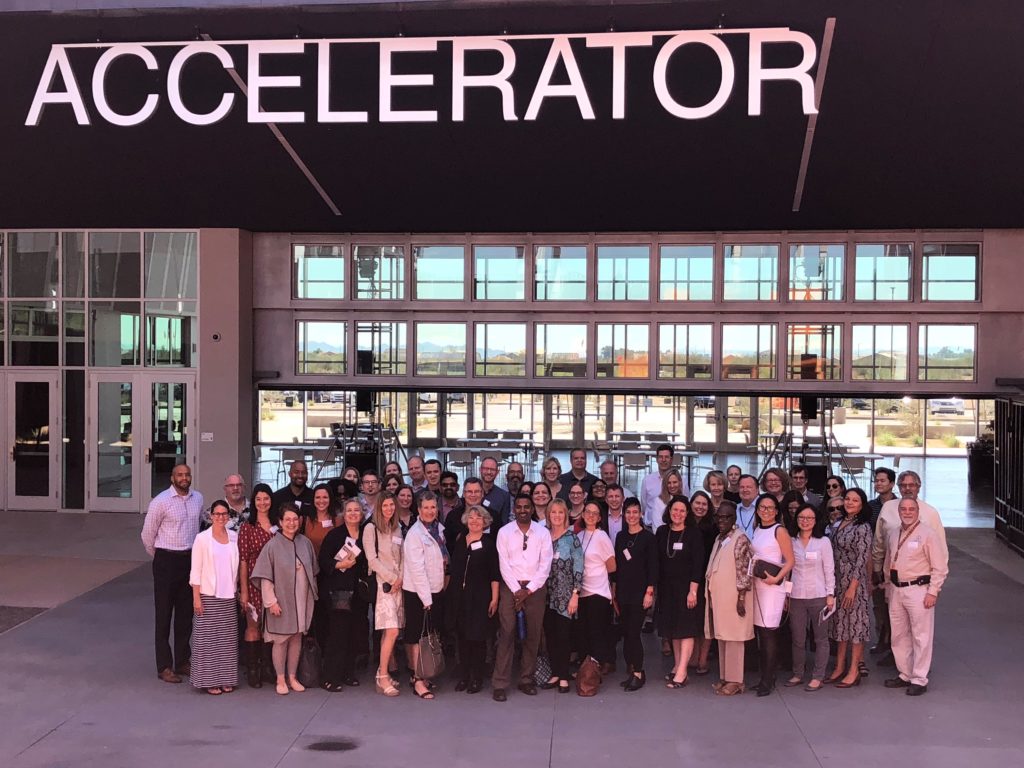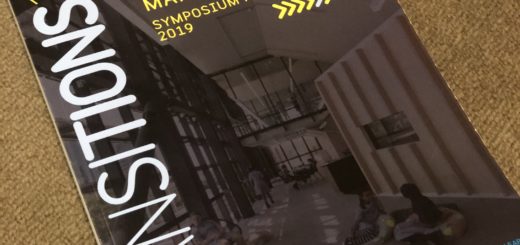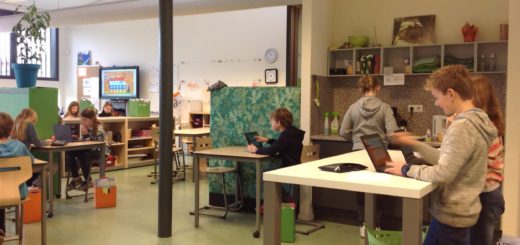what’s in store for the project in 2019…
The long summer break is almost over with schools in Australia and New Zealand preparing to commence the new academic year in the coming weeks. The project team are back at work and preparing for a new phase of data collection, finalising publications and developing the Teacher Transition Pathway.
In coming weeks and months we will be working with our partners to develop the content for the Teacher Transition Pathway. We will identify existing tools and strategies which support teachers’ inhabitation of new spaces, adaptation of practices and refinements over time. This process will involve policy makers, school leaders, teachers, architects, designers and specialists in various fields including education technology, acoustics, professional learning and furniture. We will also be developing tools with our group of graduate researchers and case studies of schools who have transitioned from traditional to innovative spaces. The Teacher Transition Pathway will be a resource to support teachers, principals and architects navigate the process of developing and using new learning spaces.

The team will also be conducting a large scale survey of teachers, and in collaboration with our PhD researchers developing tools to measure the impact of learning spaces on student learning and teacher mindframes, creating design thinking workshops, exploring teachers spatial awareness, leadership and managing transitions to new spaces.
During the year we will be releasing more technical reports, fact sheets and articles as well as presenting at a number of conferences here and overseas.
In the second half of the year we will be hosting the 3 day Transitions 19 event in Melbourne, which will feature presentations by local and international researchers, workshops, interactive discussions and networking. The call for presentations will open on 1st March.

The ILETC network continues to grow and this year will play a key role in providing input to the survey and feedback on the Teacher Transition Pathway. Since the project commenced in June 2016 we have attracted 1200 subscribers to our newsletter and 1700 followers on Twitter. We value this engagement for many reasons – it provides an active forum for feedback and discussion on the challenges of designing and using ILEs, it connects us with researchers, teachers and architects whose work can inform our research (and vice versa) and helps us understand how research can be communicated more widely to address the complex challenges of creating effective learning spaces. In 2019 we aim to support the development of this network further to ensure continued connections between members beyond the end of ILETC.



